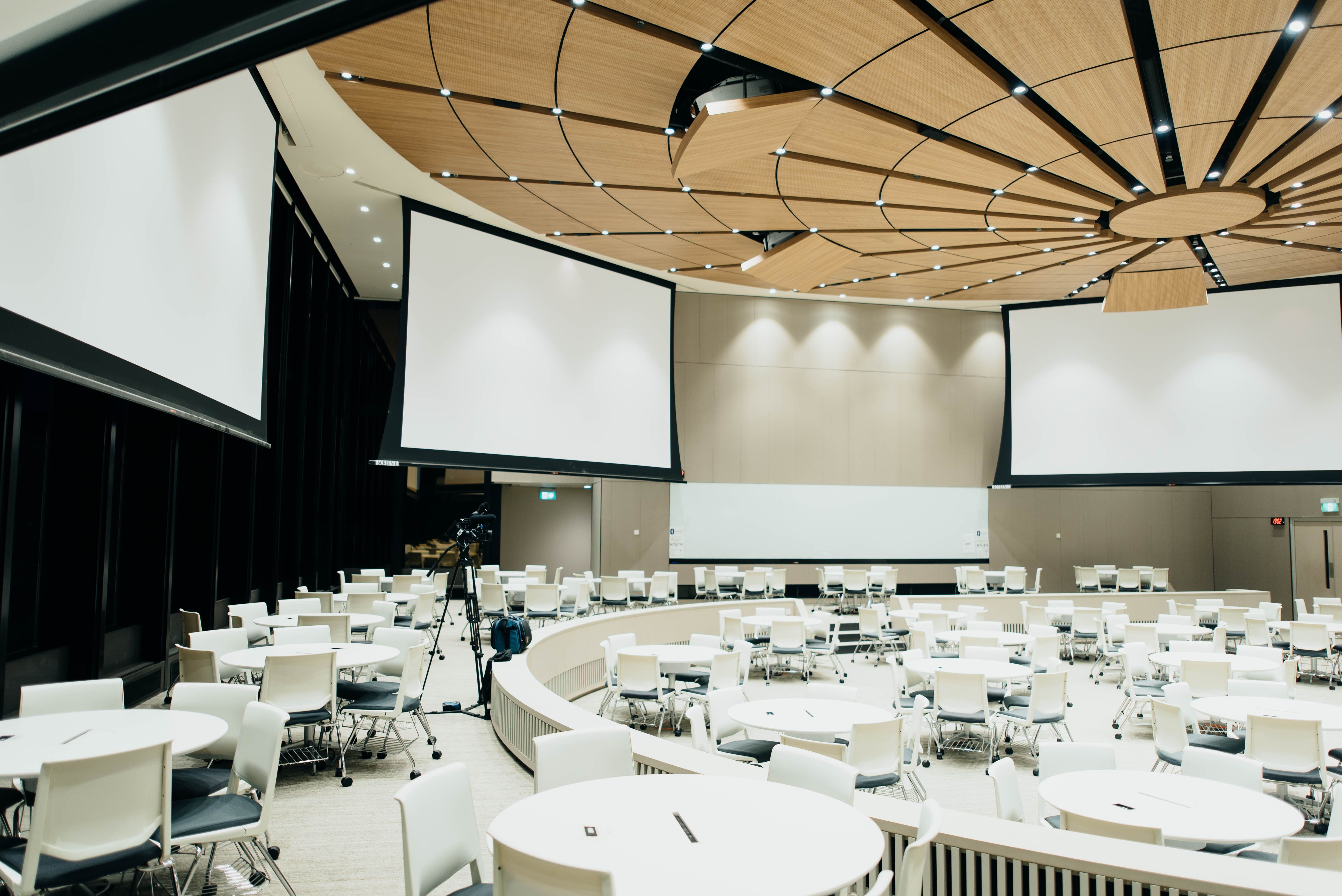Research reveals women are not getting a fair say at academic conferences
For career scientists and academics, conferences are not optional. They’re a place where researchers can present their work to peers, learn about new developments in their field, and form relationships that lead to exciting new collaborations. But research has revealed that women are getting fewer chances than men to speak about their work at these conferences, largely because those at the top of academia are male.
The new research comes from Dr Heather Ford at the University of Cambridge, who studied the scientists giving talks at the world’s largest geophysical conference. She and her team looked at both speakers that had been invited, and those who themselves asked to present. Women were revealed to speak much less than men, accounting for just 29% of talks assigned from submissions. Female speakers also made up only 27% of all invited presenters.
Women were revealed to speak much less than men, accounting for just 29% of talks assigned from submissions
Further analysis showed that this appeared to be due to the fact that male authors outnumber female ones – particularly at senior level. This is significant, as scientists at a late stage in their career are far more likely to be asked to talk at conferences such as these. Indeed, at early and mid-stages of their careers, women were often more likely than men to be invited to speak, but the lack of opportunity for scientists at this stage is one reason why the figures are so skewed.
Another reason, however, could be the convenors that assign and invite speakers. The research found that male conveners of the conference allocated invited abstracts and oral presentations to women disproportionately less often, and below the proportion of female authors – this held regardless of their own career stage, and the career stage of the scientist they were inviting.
At early and mid-stages of their careers, women were often more likely than men to be invited to speak
This is not the first time research has revealed trends such as these. In 2017, a study at a Canadian geophysical conference showed that women were underrepresented as presenters there too, accounting for just 28% of all speakers. This disparity was even more evident when looking at the proportion of invited speakers 19% female vs 81% male. Women participated more in poster sessions, which are considered less prestigious at such events.
It’s important to stress just how important these conferences are for academics. This is a platform where they can publish their work, build their network, boost their reputations, even offering them the chance to get promotions and job offers. When women are underrepresented, they are less likely to get this same level of exposure, meaning they are less likely to reach the top of their fields. This contributes to the ‘leaky-pipe’ effect in science, where female scientists become fewer in number higher up the career ladder.
When women are underrepresented, they are less likely to get this same level of exposure, meaning they are less likely to reach the top of their fields
So, how do we fix this leaky pipe? The solution is not simple, and many things can be done to combat it. For starters, many researchers believe female conveners should be encouraged – with a more diverse group of people selecting the speakers, there is a higher chance the speakers themselves will have a wider diversity. Increasing the number of talks for students and early-career researchers may help, too, as this is where we see the highest proportion of women in scientific fields.
There have also been calls to make the conference culture more family-friendly, by encouraging women (and men) to bring children along if they need to. While a nice idea, research last year, which surveyed 186 professors across the top 50 US universities, showed that women were no more likely to decline the opportunity to speak because of family obligations, so this may not be a complete solution to the issue at hand.
Research last year, which surveyed 186 professors across the top 50 US universities, showed that women were no more likely to decline the opportunity to speak because of family obligations
Finally, it is worth pointing out that all of the barriers above are particularly profound for women of colour, who face a double whammy of discrimination. It is telling that that same research in the US wanted to look at whether ethnicity deepened the gender gap among conference speakers, but they couldn’t find enough professors of colour to get a strong enough statistical sample.

Comments